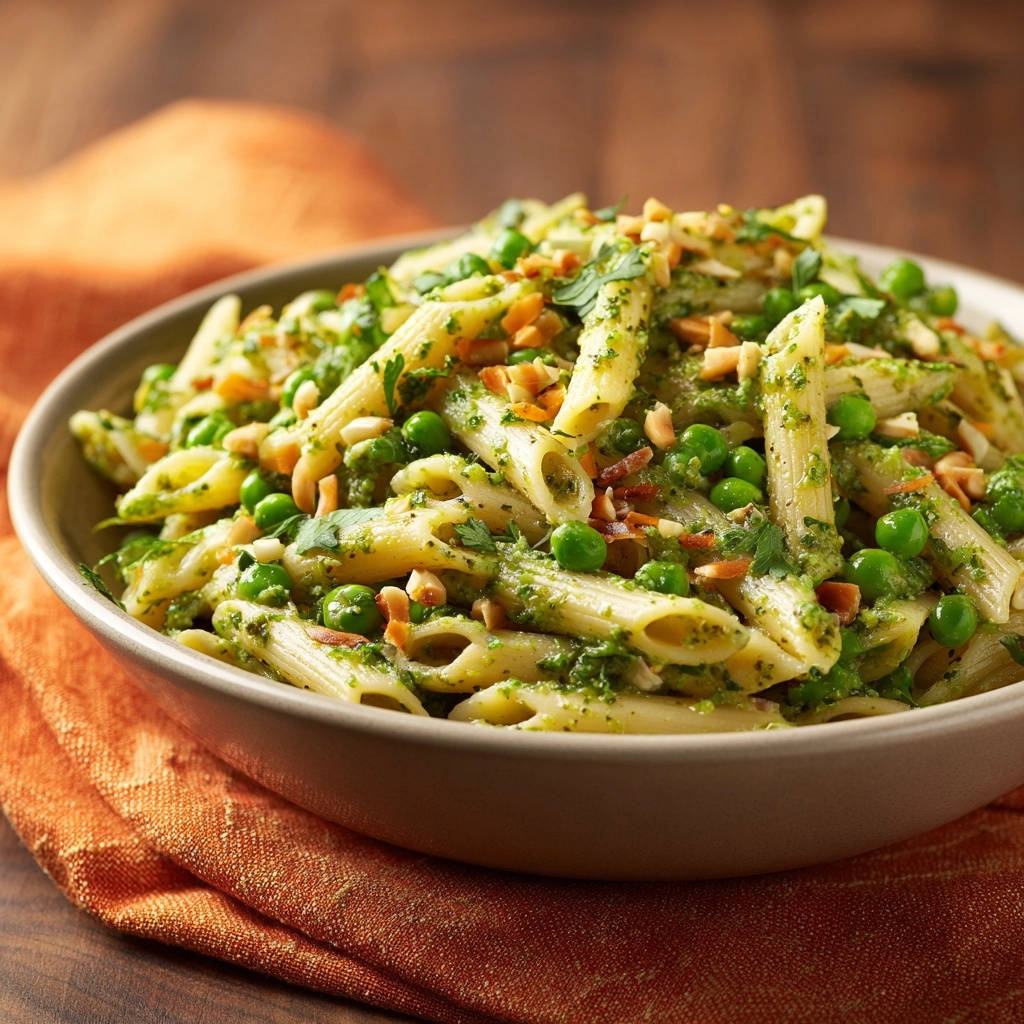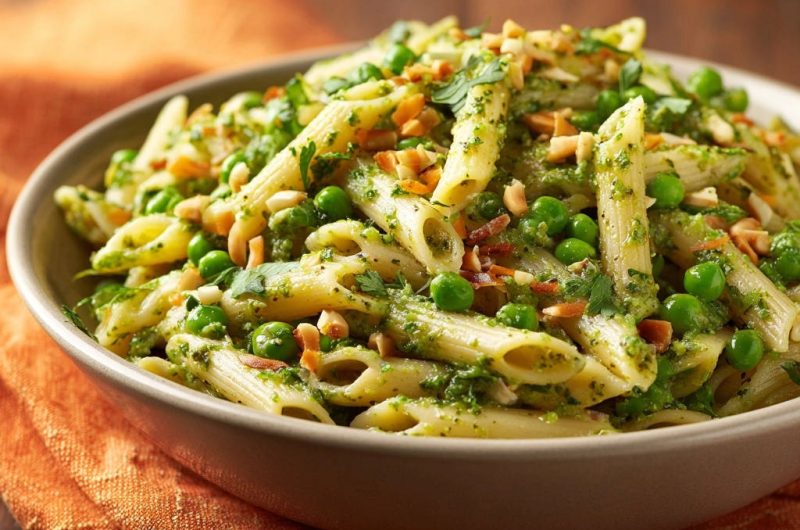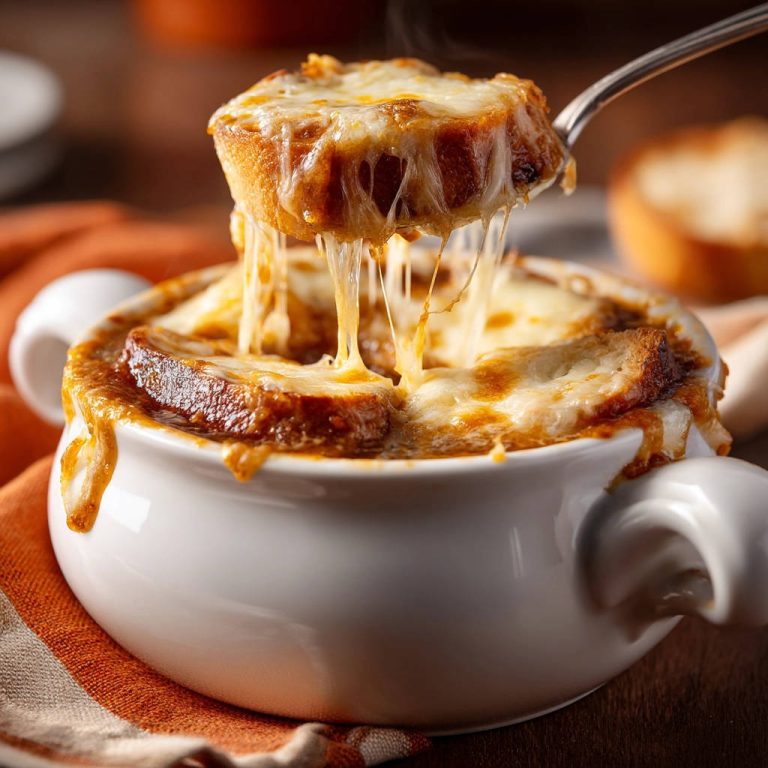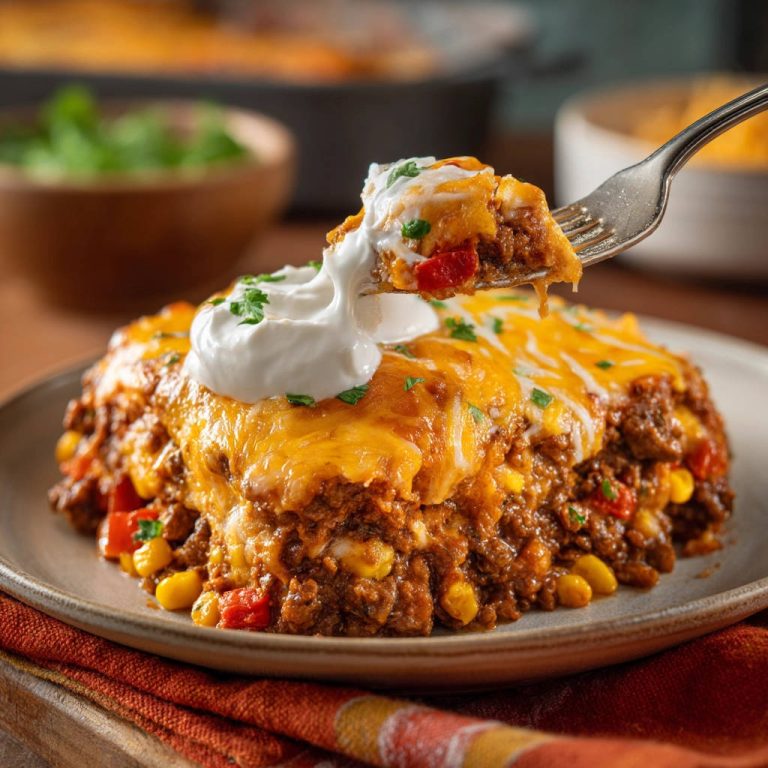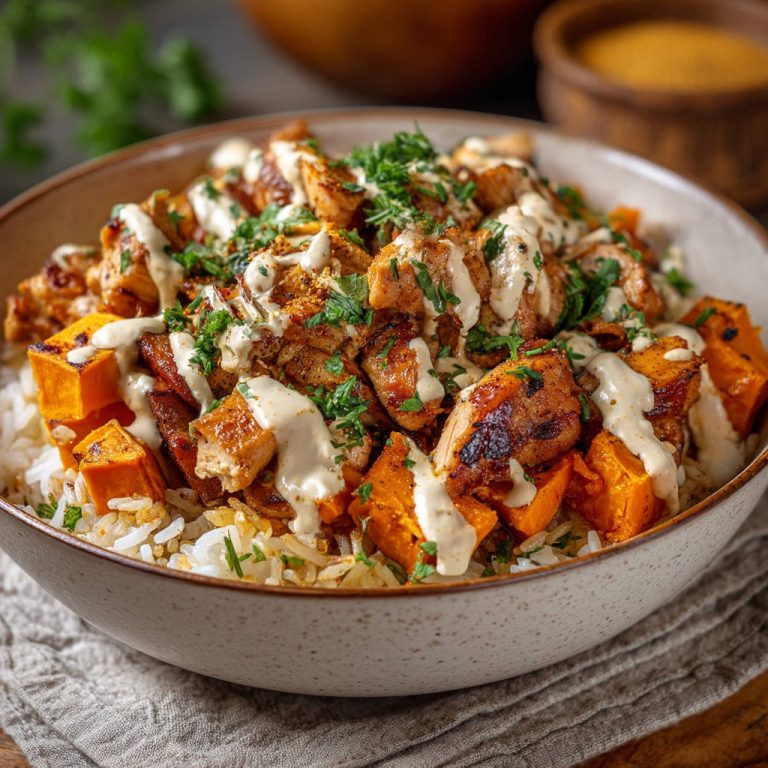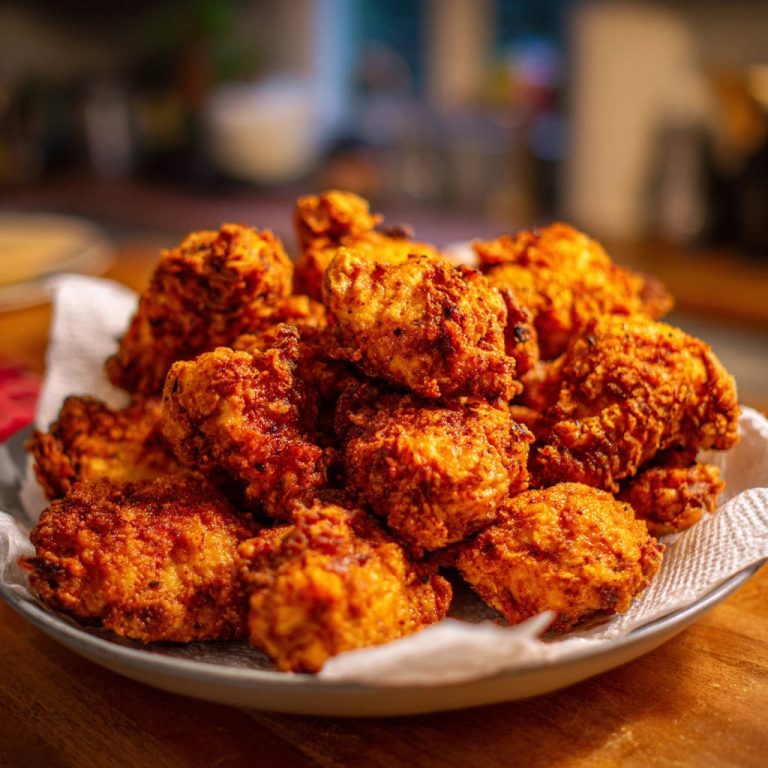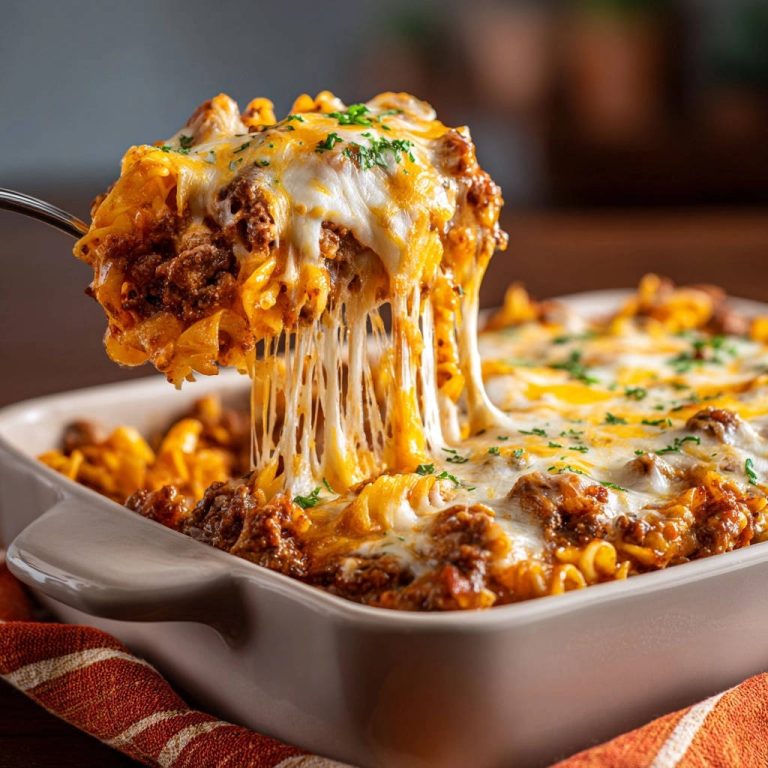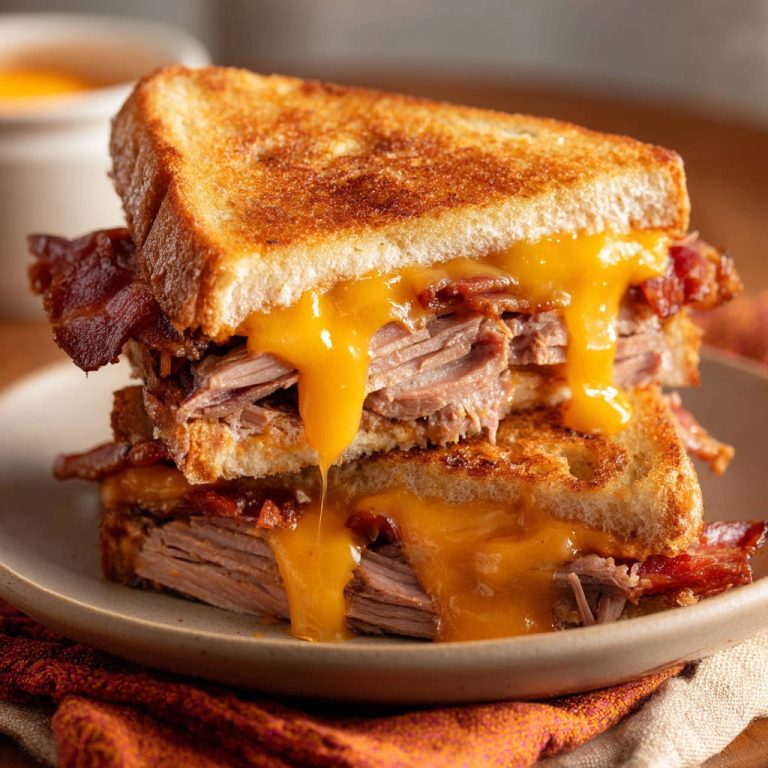There’s nothing quite as disappointing as preparing a beautiful pasta dish, only for the flavorful sauce to slip right off the noodles, leaving a sad puddle at the bottom of the bowl. I’ve been there, and it’s frustrating. That’s precisely why I perfected this Green Pesto Pasta with Peas recipe, mastering the simple trick that ensures every single strand is perfectly coated, delivering a burst of flavor in every bite.
This recipe transforms a common weeknight meal into a triumph, promising a delicious, effortlessly coated pasta experience that’s both quick to make and deeply satisfying. It’s my go-to for a vibrant, reliable dish that truly delivers on taste and texture.
Unlocking the Secret to Perfectly Coated Pasta
This Green Pesto Pasta with Peas isn’t just another recipe; it’s a game-changer for anyone who has struggled with runny pasta sauces. The key lies in a specific technique that ensures maximum sauce adhesion and a delightfully creamy texture.
No More Puddles: The Cling Factor Explained
The secret is the starchy pasta water. This overlooked liquid, rich in starches, acts as a natural emulsifier when combined with the pesto. It helps the sauce thicken and bind beautifully to the pasta.
The result is a silky, cohesive coating that clings to every piece, ensuring a flavorful experience from the first forkful to the last.
Quick & Effortless Weeknight Delight
With a total time of just 25 minutes, this recipe is perfect for busy weeknights. Minimal active cooking allows you to whip up a gourmet-tasting meal without the fuss.
It’s an ideal solution for a wholesome and satisfying dinner when time is of the essence.
Nutrient-Packed Goodness in Every Bite
Beyond its incredible flavor, this dish is packed with beneficial ingredients. Fresh peas add fiber and vitamins, while quality pesto provides healthy fats and vibrant greens.
The addition of nuts offers healthy fats and a satisfying crunch, making it a balanced and nutritious meal option.
The Simple Ingredients Behind Irresistible Flavor
Creating truly delicious Green Pesto Pasta with Peas starts with selecting high-quality, simple ingredients. Each component plays a vital role in the dish’s overall success and flavor profile.
Pasta Perfection: Choosing Your Base
Penne pasta is excellent for this dish due to its ridged surface, which helps trap the pesto sauce effectively. Cooked to al dente, it offers the perfect texture.
You can also use other short, sturdy pasta shapes like rotini, fusilli, or farfalle for similar cling factor and delightful bite.
The Heart of the Dish: Pesto Power
While homemade pesto is fantastic, a good quality store-bought prepared pesto or green sauce (like kale or spinach pesto) makes this recipe incredibly quick. Look for pestos made with high-quality olive oil and fresh basil for the best flavor.
The vibrant green color and aromatic herbs of a good pesto are central to this dish’s appeal.
Freshness & Crunch: Peas and Toasted Nuts
Fresh green peas add a sweet, bright pop of color and freshness. Frozen peas are a perfectly acceptable and convenient alternative, offering year-round accessibility.
Chopped nuts like pine nuts or almonds provide essential texture and a delightful nutty flavor. Toasting them lightly before adding intensifies their crunch and aroma.
Pantry Staples for Deeper Flavor
Salt is crucial for seasoning the pasta water, which flavors the pasta itself, and for balancing the finished sauce. Black pepper adds a gentle warmth and aromatic depth.
A final drizzle of good olive oil can enhance richness and silkiness, especially if the sauce needs a little more body or gloss.
Crafting Your Green Pesto Pasta with Peas: A Step-by-Step Guide
Follow these steps closely to ensure your pasta is perfectly coated and brimming with flavor. The detailed instructions ensure success, even for novice cooks.
Prepping the Pasta Perfectly
-
Boil Water & Add Pasta: Bring a large pot of salted water to a rolling boil. Adding salt at this stage ensures the pasta itself is seasoned from the inside out. Add the penne pasta and cook according to package directions, aiming for al dente perfection. This means it should be cooked through but still have a slight bite, ideal for absorbing sauce and preventing mushiness.
The Crucial Pasta Water Technique
-
Reserve Starchy Pasta Water: Just before draining the pasta, carefully scoop out about 1 1/2 cups of the starchy pasta water and set it aside. This cloudy, flavorful water is the secret ingredient for emulsifying your sauce and making it cling beautifully to every noodle.
-
Drain, Don’t Rinse: Drain the pasta in a colander immediately. Do NOT rinse the pasta; the residual starch on the noodles is essential for helping the pesto sauce cling effectively and create that desirable creamy texture.
Bringing It All Together: Mixing Magic
-
Combine Pasta, Pesto, & Peas: Return the drained pasta to the empty pot or a large mixing bowl. Add the prepared pesto or green sauce and the fresh or frozen peas. If using frozen peas, the residual heat from the pasta will gently warm them through and slightly blanch them, keeping their vibrant color.
-
Emulsify with Pasta Water: Begin adding the reserved pasta water, a little at a time, to the pasta and sauce. Stir or toss gently but continuously. The starch in the water will help emulsify the sauce, making it thicker and ensuring it coats every piece of pasta instead of pooling at the bottom of the bowl. Add just enough water until the sauce is the desired consistency and evenly coats all the pasta – you might not need all of the reserved water, so add it gradually.
Finishing Touches and Serving
-
Season & Adjust: Add salt and black pepper to taste. Start with small amounts and adjust, as pesto can vary in saltiness. If the sauce seems a little dry or needs more richness, you can add a small drizzle of high-quality olive oil for extra silkiness and flavor.
-
Serve Immediately: Serve your Green Pesto Pasta with Peas immediately in bowls, topped generously with the chopped nuts for a delightful crunch. Enjoy this warm, comforting, and perfectly coated meal right away.
Chef’s Secrets for an Even Better Pasta Experience
Elevate your Green Pesto Pasta with Peas with these expert tips and variations. Small adjustments can make a big difference in flavor and texture.
Mastering Al Dente Texture
To ensure truly al dente pasta, start checking for doneness about 2 minutes before the package directions suggest. The pasta should be firm to the bite but not hard in the center.
Properly cooked pasta provides the best texture and holds the sauce most effectively.
Pesto Personalization: Beyond Basil
While classic basil pesto is delicious, don’t hesitate to experiment with other green sauces. Try a kale pesto for a deeper, earthier flavor, or a vibrant spinach pesto for a milder taste.
You can even make your own pesto using different nut combinations like walnuts or pecans. The versatility of pesto allows for endless flavor explorations, much like how different sauces can transform a simple creamy mushroom linguine.
Enhancing That Creamy Coating
For an even creamier sauce, consider adding a tablespoon of grated Parmesan cheese along with the pasta water. The cheese melts into the sauce, contributing to a richer texture and savory depth.
Alternatively, a tiny knob of butter can be swirled in at the very end for extra gloss and richness without altering the core flavor profile.
Topping It Off: Beyond Pine Nuts
While pine nuts are traditional, other toppings can add fantastic texture and flavor. Toasted almonds offer a robust crunch, or try toasted walnuts for a slightly more bitter note.
For extra freshness, a sprinkle of fresh basil leaves or a grating of lemon zest just before serving can brighten the entire dish.
Common Green Pesto Pasta with Peas Hurdles & How to Solve Them
Even simple recipes can sometimes present challenges. Here are solutions to common issues you might encounter when making Green Pesto Pasta with Peas.
My Sauce Isn’t Sticking!
The primary reason for a non-sticking sauce is often insufficient starch. Ensure you reserve at least 1 cup of starchy pasta water and do not rinse your drained pasta.
When mixing, add the pasta water gradually while stirring constantly. The continuous stirring helps emulsify the sauce with the starch, creating that perfect cling.
Pasta is Too Sticky or Mushy
Overcooking is the culprit here. Always aim for al dente pasta, which means it retains a slight bite. Drain it promptly once cooked.
Rinsing pasta can also make it sticky by washing away the beneficial starches, so always avoid this step unless specifically directed for cold salads.
Lacking Flavor Depth
If your dish tastes bland, consider the quality of your pesto; a good pesto is fundamental. Taste and adjust seasoning with salt and pepper diligently.
A final drizzle of high-quality extra virgin olive oil or a squeeze of fresh lemon juice can significantly brighten and deepen the overall flavor.
Making Your Green Pesto Pasta Last: Storage & Reheating Tips
This dish is best enjoyed fresh, but leftovers can be delicious too with proper handling. Follow these tips to keep your Green Pesto Pasta with Peas enjoyable.
Best Practices for Leftovers
Store any leftover pasta in an airtight container in the refrigerator for up to 3-4 days. This prevents the pasta from drying out and absorbing fridge odors.
Separate servings into individual containers if you plan to reheat them separately, making mealtime even easier.
Can You Meal Prep This Dish?
Green Pesto Pasta with Peas is a decent candidate for meal prepping. Cook the pasta al dente and let it cool before tossing with pesto and peas.
Store in portioned containers. For best results, add a tiny splash of water or broth before reheating to restore moisture and creaminess.
Reviving Creamy Pasta Without Drying It Out
When reheating, gently warm the pasta on the stovetop over low heat or in the microwave. Add a tablespoon or two of water, vegetable broth, or even a little extra olive oil.
Stir constantly as it heats to rehydrate the sauce and prevent the pasta from becoming dry or clumpy.
Your Top Questions About Green Pesto Pasta with Peas Answered
Here are some frequently asked questions to help you master this delightful dish and adapt it to your preferences.
Can I Use Other Pasta Shapes?
Absolutely! While penne is fantastic, short and ridged pasta shapes like rotini, fusilli, or cavatappi work wonderfully. Their nooks and crannies are excellent for catching the pesto sauce.
Even spaghetti or linguine can be used, though you might need slightly more reserved pasta water to coat the longer strands effectively.
What About Dairy-Free or Gluten-Free Options?
Making this dish dairy-free is simple: ensure your chosen pesto is dairy-free (many are, but check labels for Parmesan). For gluten-free, simply use your favorite gluten-free pasta, cooking it according to package directions.
The sauce-clinging technique works just as effectively with gluten-free pasta varieties.
Can I Add Protein?
Adding protein is a fantastic way to make this dish a complete meal. Cooked chicken, shrimp, or chickpeas are excellent additions.
For example, adding pan-seared chicken breast can transform it into a heartier meal. If you love quick chicken additions, check out our recipe for creamy skillet chicken for inspiration on flavorful protein options.
Fresh vs. Frozen Peas: Does It Matter?
Both fresh and frozen peas work beautifully in this recipe. Fresh peas offer a slightly sweeter, crisper texture, while frozen peas are incredibly convenient.
If using frozen, simply add them directly to the hot pasta and sauce; their warmth will bring them to perfect tenderness.
Ready to Delight? Share Your Pesto Pasta Masterpiece!
There you have it – the secret to Green Pesto Pasta with Peas that always delivers on its promise of perfectly coated, intensely flavorful noodles. This recipe proves that sometimes, the simplest tricks make the biggest difference.
Whip up this vibrant dish tonight and savor the taste of success. I’d love to hear how your pasta masterpiece turned out!
For more delicious and easy meal ideas that simplify your cooking, explore our collection of reliable recipes, like our incredibly tender creamy carbonara, ensuring delightful results every time.
Green Pesto Pasta with Peas
Course: Main CourseCuisine: Italian CuisineDifficulty: easy4
servings10
minutes15
minutes25
minutesItalian Cuisine
Ingredients
1 pound penne pasta
Salt, for pasta water
1 cup fresh green peas (frozen is fine, add towards end of cooking)
1 1/2 cups prepared pesto or green sauce (like kale or spinach pesto)
1/4 cup chopped nuts (like pine nuts or almonds)
Black pepper, to taste
Olive oil, if needed
Directions
- Bring a large pot of salted water to a rolling boil. Add the penne pasta and cook according to package directions, but aim for al dente. This means it should be cooked through but still have a slight bite.
- This is key: Just before draining the pasta, carefully scoop out about 1 1/2 cups of the starchy pasta water and set it aside.
- Drain the pasta in a colander. Do not rinse the pasta. The starch on the pasta helps the sauce cling.
- Return the drained pasta to the empty pot or a large bowl. Add the pesto or green sauce.
- Add the peas to the hot pasta and sauce. If using frozen peas, the heat of the pasta will likely warm them through.
- Begin adding the reserved pasta water, a little at a time, to the pasta and sauce. Stir or toss gently but continuously. The starch in the water will help emulsify the sauce, making it thicker and helping it coat the pasta instead of pooling. Add just enough water until the sauce is the desired consistency and evenly coats all the pasta. You might not need all of the reserved water.
- Add salt and black pepper to taste. If the sauce seems a little dry or needs more richness, you can add a drizzle of olive oil.
- Serve immediately in bowls, topped with the chopped nuts for crunch.
Notes
- Use starchy pasta water to emulsify sauce for perfect coating.

